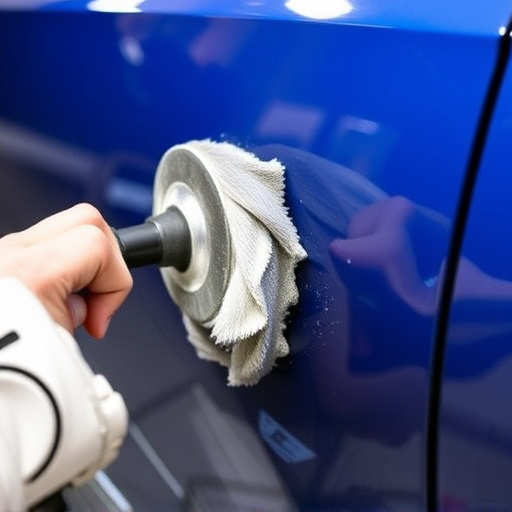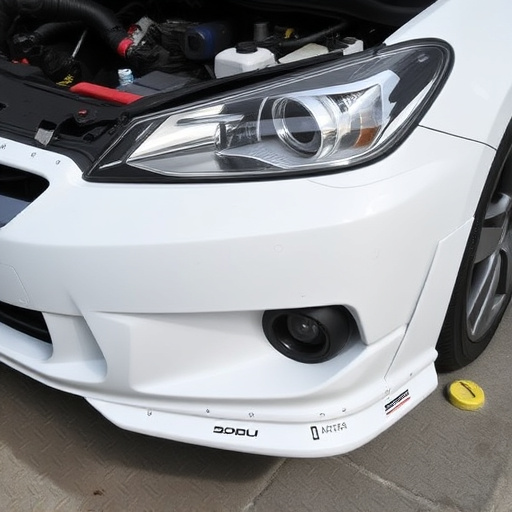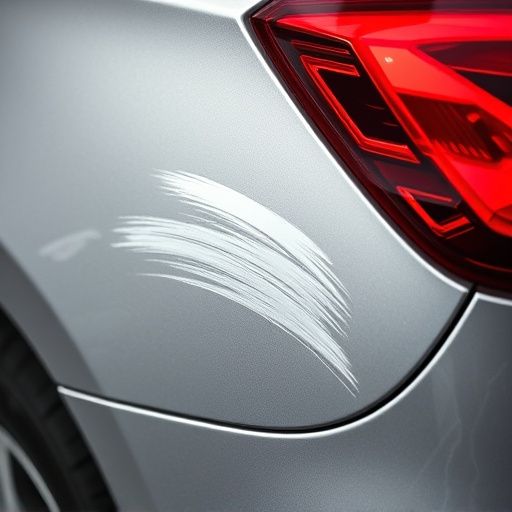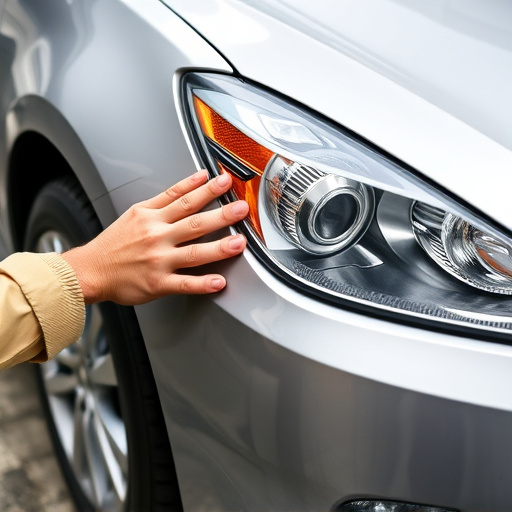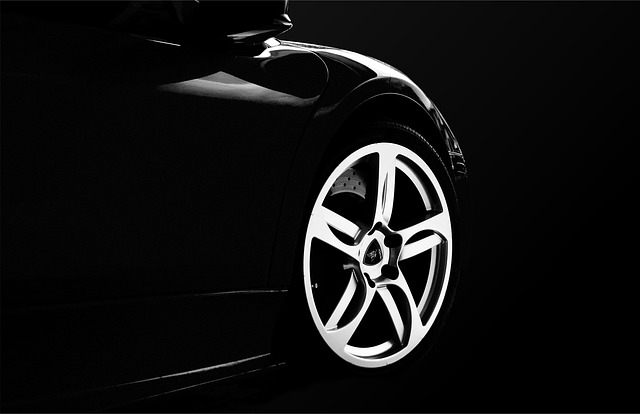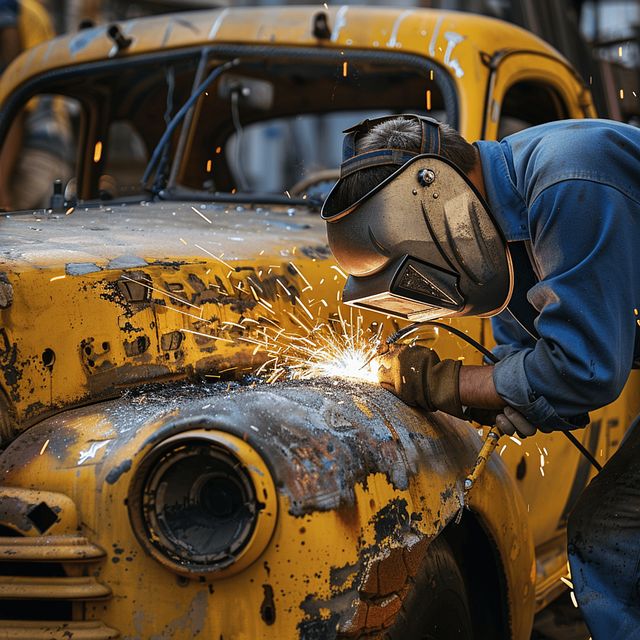Bumper repair kits provide an affordable and practical solution for restoring minor car damage. Kit effectiveness depends on surface smoothness, with optimal results achieved through proper preparation and meticulous application techniques. By cleaning, drying, and removing debris before use, along with working in small sections and following instructions, DIY enthusiasts can achieve seamless repairs that preserve a vehicle's original finish using just a bumper repair kit.
Bumper repair kits have gained popularity as an easy, DIY solution for minor dents and scratches. However, their effectiveness varies based on surface conditions. This article delves into the world of bumper repair kits, offering a comprehensive overview of their functionality. We explore how surface smoothness plays a pivotal role in achieving optimal results when using these kits. By following best practices tailored to smooth surfaces, you can ensure your bumper looks as good as new.
- Understanding Bumper Repair Kits: A Comprehensive Overview
- The Role of Surface Smoothness in Bumper Repairs
- Best Practices for Using a Bumper Repair Kit on Smooth Surfaces
Understanding Bumper Repair Kits: A Comprehensive Overview
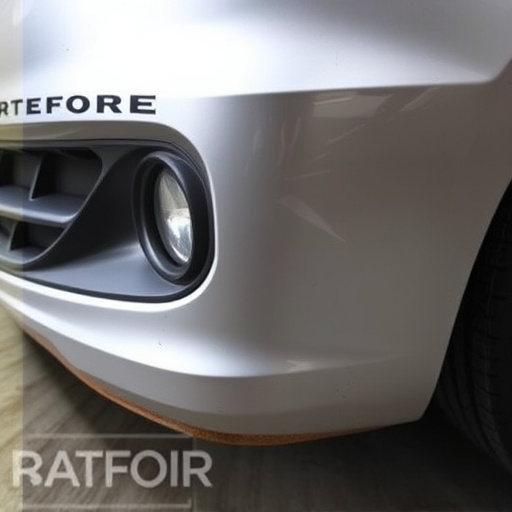
Bumper repair kits are a convenient and cost-effective solution for repairing minor dents and scratches on your car’s bumper or other smooth surface areas. These kits typically include a range of tools, such as metal files, putty knives, and various types of fillers and paints, designed to match the color of your vehicle. Understanding how to use these kits effectively is crucial for achieving professional-looking results in auto maintenance.
Choosing the right bumper repair kit depends on the extent of the damage and the type of surface you’re working on. For simple dents and scratches, a basic kit might be sufficient. However, more complex repairs may require specialized tools and a broader range of products. Proper preparation is key to successful car damage repair; ensuring the area is clean, dry, and free from debris before beginning the restoration process. Following the instructions provided with your bumper repair kit will help you achieve the best outcomes in auto body restoration.
The Role of Surface Smoothness in Bumper Repairs
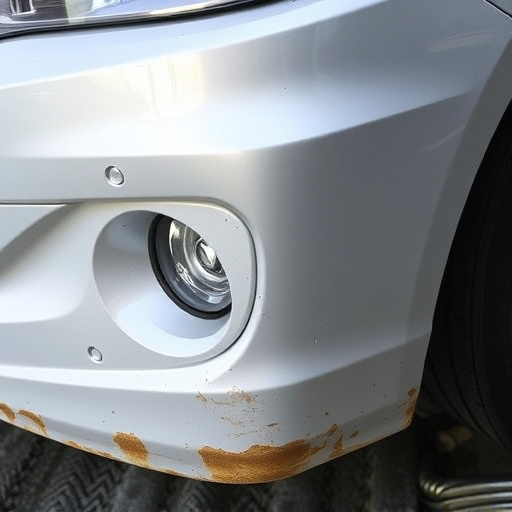
The success of a bumper repair kit largely hinges on the smoothness of the surface it’s applied to. In ideal conditions, where the damaged area is relatively smooth and free from significant scratches or imperfections, the kit’s adhesive properties can create a strong bond with minimal preparation. This is because a smooth surface allows for even distribution of pressure and adhesive during the application process, ensuring a more precise and long-lasting repair.
When using a bumper repair kit on a vehicle collision repair or dent removal scenario, addressing any roughness in the initial stages is crucial. A meticulous approach to dent removal techniques should precede the use of the kit to achieve optimal results. By eliminating surface imperfections, the bumper repair kit can maximize its effectiveness, offering a more seamless and professional finish that blends seamlessly with the vehicle’s original design.
Best Practices for Using a Bumper Repair Kit on Smooth Surfaces
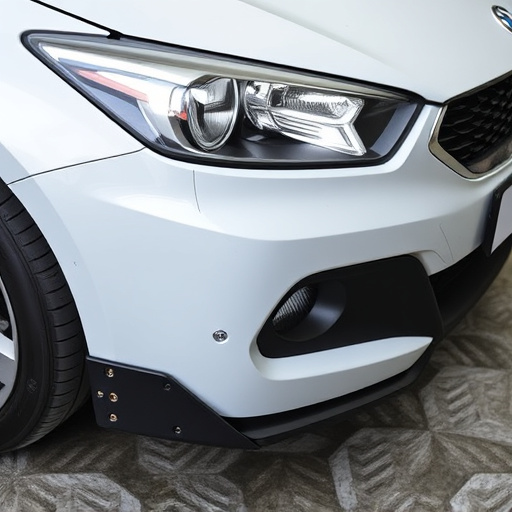
When using a bumper repair kit on smooth surface areas, it’s crucial to follow best practices for optimal results. First, ensure your vehicle’s bodywork is thoroughly cleaned and free from any dirt, grease, or debris. This preparation step is essential as contaminants can hinder the bonding process of the repair kit. After cleaning, dry the area completely using a microfiber cloth to avoid any moisture interference.
Secondly, when applying the bumper repair kit, work in small sections at a time, following the manufacturer’s instructions closely. For paintless dent repair techniques, use a sharp tool to gently tap out the dent while applying pressure evenly across the damaged area. This method is ideal for smooth surfaces as it preserves the original finish. Remember, precision is key; be patient and take your time to avoid over-manipulating the dent, which could lead to further damage or an uneven repair.
Bumper repair kits prove most effective on smooth surface areas, offering a cost-efficient solution for minor dents and scratches. By understanding the importance of surface smoothness and adhering to best practices, you can achieve professional-looking repairs. When using a bumper repair kit, ensure proper preparation of the damaged area and follow the instructions diligently for optimal results.

